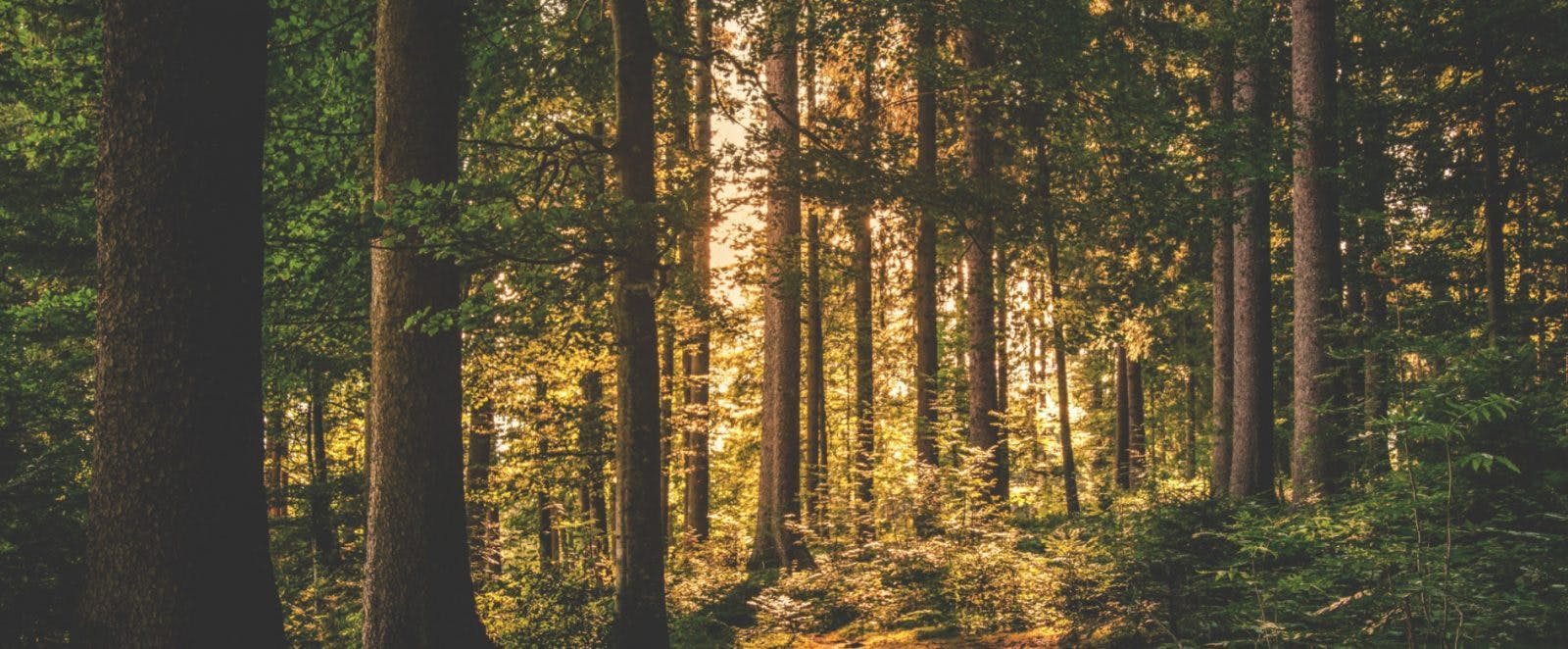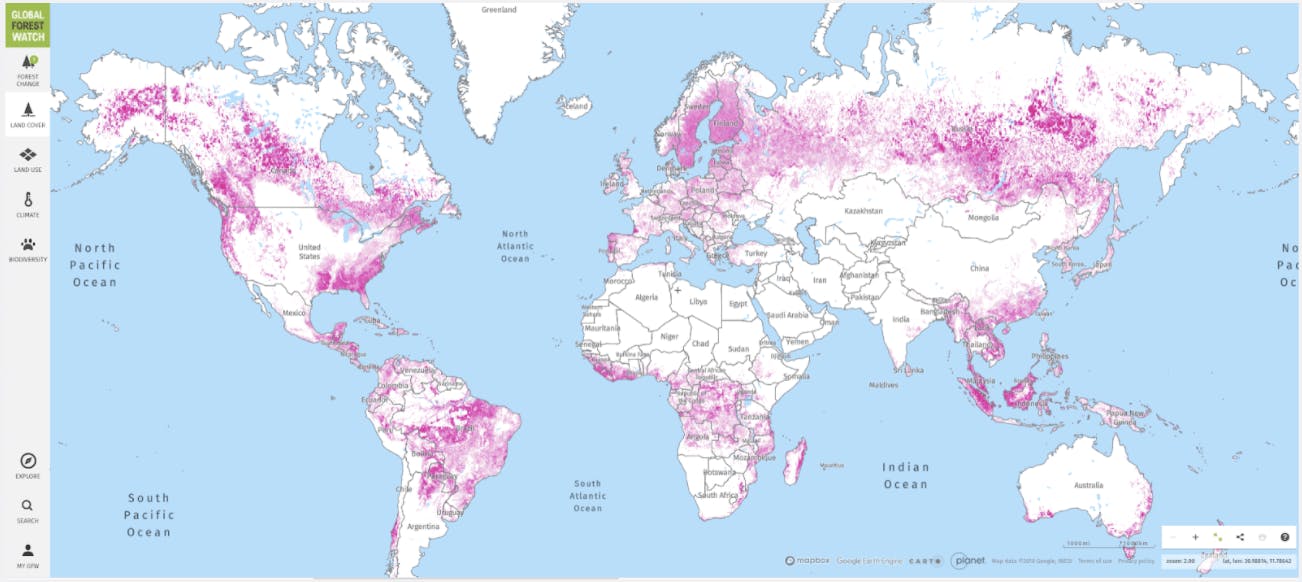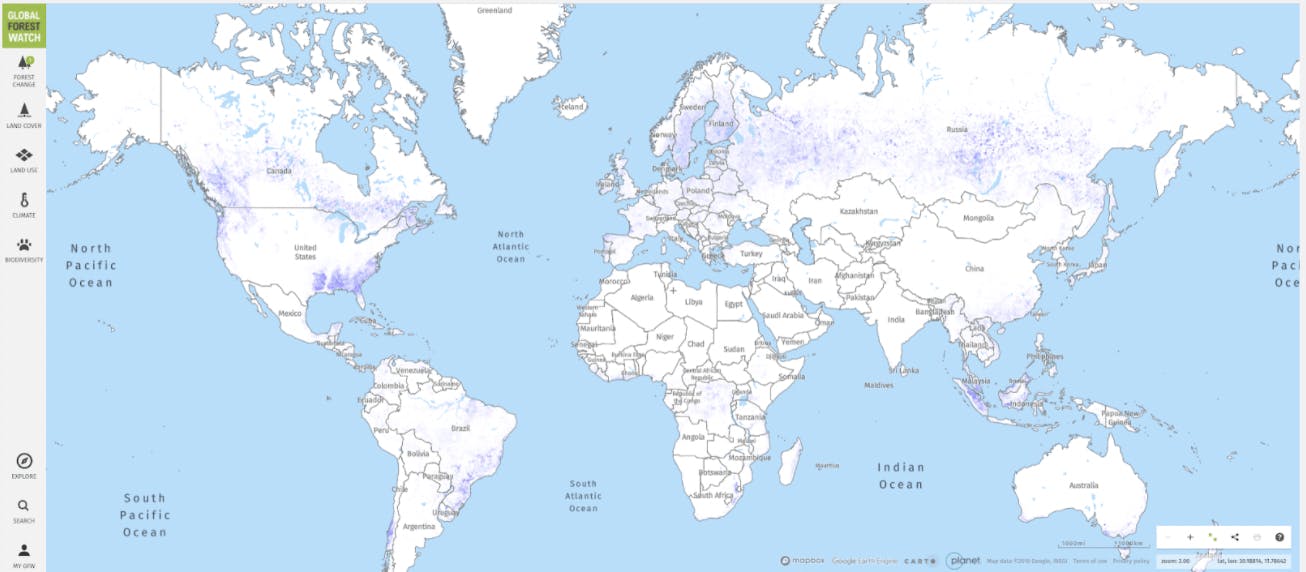Resources and Benefits that Forests Provide to Humankind

Forests are one of nature’s great providers. A source of water and food security, providing from medicine to renewable energy. Forests protect and enrich biodiversity and are a major tool in the fight against climate change. Amongst many, there are 7 critical resources and benefits that forests provide to humankind:
HOMES
Forests are home to more than half of the world’s land-based plant and animal species and cover 31% of the world’s total land area. About 1.6 billion people around the world depend on forests for their livelihoods, to provide shelter, jobs and security. We started with ~6tn trees on earth and we now have approximately 3tn trees left2, with a goal to restore ~1tn trees over the next 10 years.


FOOD
Forests produce a large supply of nutritious foods, such as fruits, mushrooms and seeds like nuts and berries, all of which are rich in minerals such as calcium and iron. These natural products help millions of people have balanced and healthy diets, contributing to human wellbeing.
WATER
Forests provide a large part of the drinking water for over 1/3 of the world’s largest cities including New York and Mumbai. Many rivers and streams have their sources in forests, with millions of people depending on high-quality freshwater flowing from forests. Forests also regulate water, with trees acting as filters and providing us with the clean water, vital for life.
ENERGY
Wood fuel provides 40% of today’s global renewable energy supply – as much as solar, hydroelectric and wind power combined. Greater investment in technological innovation and in sustainably managed forests is key to increasing forests’ role as a renewable energy.
MEDICINE
More than 25% of the medicines we use today originate in rainforest plants. Yet only 1% of rainforest plants have been studied for medicinal properties.
CLIMATE
Trees in forests are natural aqueducts, redistributing up to 95% of the water they absorb to where it’s needed most. They hold water in the soil, preventing erosion, and later release it back into the atmosphere, becoming air-conditioners. Forests also have a significant role in reducing the risk of natural disasters, including floods, droughts, landslides and other extreme events.
Forests provide a microclimate and conditions for enhanced agriculture that is hard to replicate. From locally decreased temperatures, to increased rainfall, and a habitat for all pollinators, forests naturally support livelihoods in surrounding agricultural areas. Given that these effects are local, increasing land degradation and the moving of agricultural areas away from native forests has put pressure on food supply chains and our ability to feed the world.
BALANCE
Trees are a great carbon sink, with the world’s forests removing an estimated 2 billion tons of carbon dioxide annually7. At global level, forests mitigate climate change through carbon sequestration, contributing to the balance of oxygen, carbon dioxide and humidity in the air, they play a critical role in balancing the world’s carbon cycle.
50% of the dry biomass of a tree is carbon. When looking at the natural balance between carbon in the atmosphere and carbon in stable forms, trees are the world’s natural carbon scrubbers, designed with high surface areas to sequester carbon from the atmosphere and store it in its leaves, trunk and roots, as well as to put it back into the soil.
Despite all of these priceless ecological, economic, social and health benefits, global deforestation continues at an alarming rate. Deforestation is, in fact, the second-leading cause of climate change after burning fossil fuels, accounting for nearly 20% of all greenhouse gas emissions — more than the world’s entire transport sector8.
With the rate of deforestation being estimated to be 10 million hectares per year, the rate of land degradation today is still higher than the rate of land restoration.

Current global tree cover loss. (Global Forest Watch, WRI)

Tree gain in the last 12 years. (Global Forest Watch, WRI)
We need to reverse the trend and accelerate our efforts to restore biodiverse forests and other ecosystems.
This is very well aligned with this year’s theme for the International Day of Forests which is “Forest restoration: a path to recovery and well-being”. Read more about the solutions that we are creating at Dendra Systems to empower scalable ecosystem restoration and about 10 critical actions for the sustainable restoration of an ecosystem.
References
1. 10 facts to fall in love with forests,UNECE, (2019), Link: https://unece.org/forestry/news/10-facts-fall-love-forests 2. Mapping tree density at a global scale, T. W. Crowther, (2015), Link: https://www.nature.com/articles/nature14967 3. 7 secrets that forests have been keeping from you, FAO, (2018), Link: http://www.fao.org/fao-stories/article/en/c/1144016/ 4. 10 facts to fall in love with forests, UNECE, (2019), Link: https://unece.org/forestry/news/10-facts-fall-love-forests 5. 10 facts to fall in love with forests, UNECE, (2019), Link: https://unece.org/forestry/news/10-facts-fall-love-forests 6. Ten things you may not know about forest, FAO, (2017),Link: http://www.fao.org/zhc/detail-events/en/c/1033884/ 7. 7 secrets that forests have been keeping from you, FAO, (2018), Link: http://www.fao.org/fao-stories/article/en/c/1144016/ 8. 7 secrets that forests have been keeping from you, FAO, (2018), Link: http://www.fao.org/fao-stories/article/en/c/1144016/